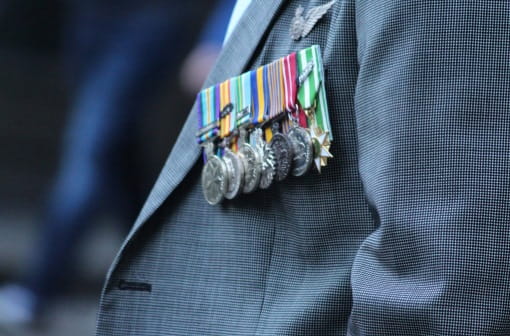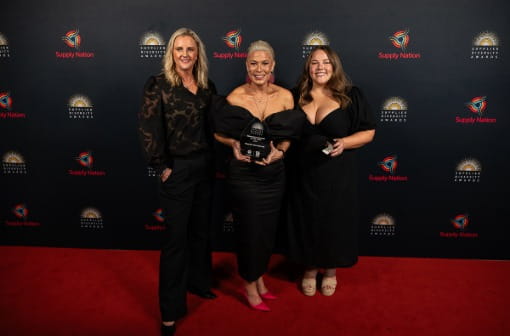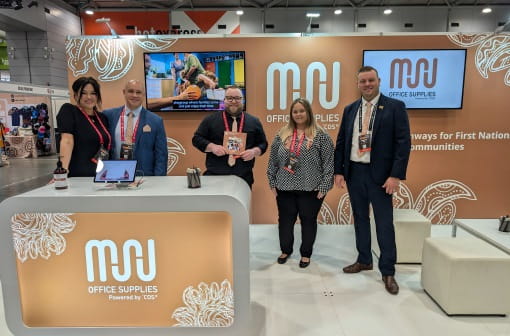“People always want to get stories out of their family members, but they tend to wait too long. They wait until someone is elderly or frail.”—Emma White, Photographs, Film and Sound Curator, Australian War Memorial
Key points
- The Australian War Memorial says it’s never been a better time than now to capture your family’s history.
- Sharing life stories can create profound bonds and connections between generations—and this can lead to a greater sense of wellbeing.
- When you’re recording a story, you’ll get better results if you film in a comfortable setting, ask open-ended questions and use prompts like photographs.
For every person who wishes they’d written down or recorded their family’s history, Emma White from the Australian War Memorial, has this advice: do it now.
In her role as one of the Memorial’s Photographs, Film and Sound Curator, Emma regularly witnesses the rewards of preserving stories and memories—and the regret of lost opportunities.
“If you’ve got someone whose story you want to hear, don’t wait. Otherwise, you may miss out.”
Sharing stories, says Emma, fosters connection—and, according to Australian Unity Wellbeing Index research, connections support our Real Wellbeing. It’s also a potent way to preserve history and keep memories alive for future generations.
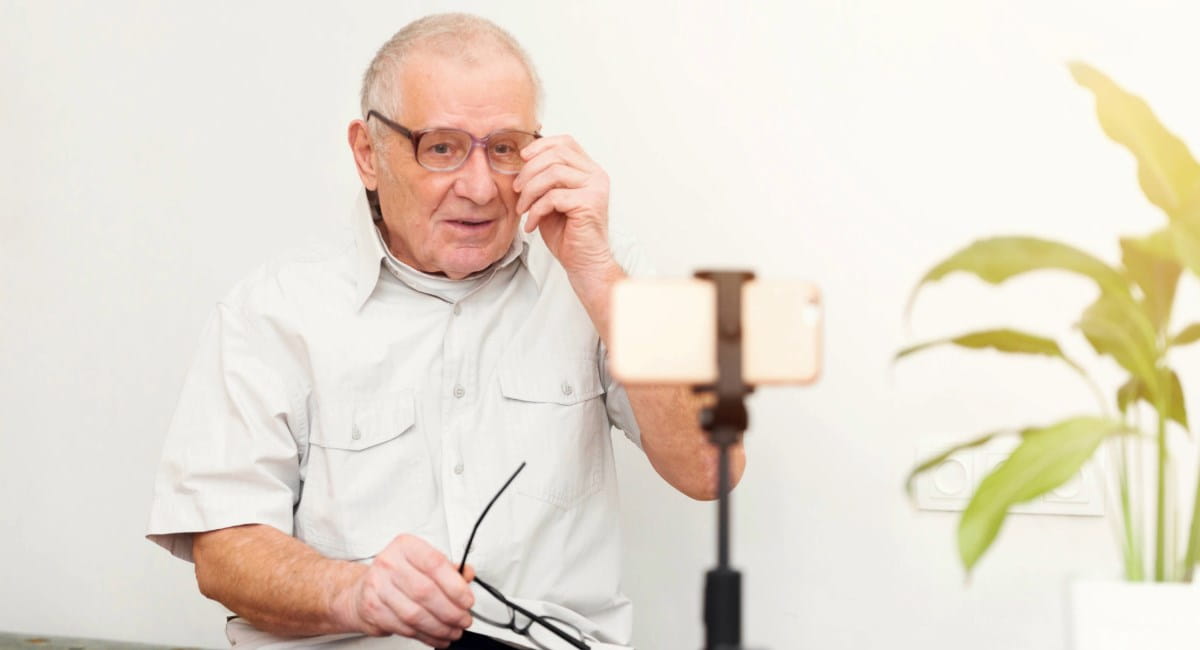
The power of shared stories
Emma has seen many families connect through the process of donating artefacts like photographs, diaries and tapes to the memorial.
“I’ve seen lots of family members having really strong bonding experiences bringing collections in to donate, or talking about their family members’ history,” she says. “They hear or see stories about what their family member did that they never talked about at home. It’s a valuable way for them to understand and for us to record that history.”
The act of bonding also resonates strongly within the residential communities that Hannah Fawcett, Head of Residential Communities at Australian Unity, oversees. Storytelling, she says, plays a vital role in maintaining identity and connection.
“Although everyone’s story is different, and everyone is coming into aged care for different reasons, ultimately they have that shared experience,” explains Hannah. “That itself is a starting point to share memories, emotions and life experiences. They’re all on that journey together.”
A tale of extraordinary odds
For Emma, one particularly moving collection is that of a Polish Jewish couple who survived the Holocaust, eventually making Melbourne home. The husband was imprisoned in a concentration camp in 1942, while his wife hid her identity and gave their newborn baby to a Catholic family for safekeeping.
“She had to give her child away, not knowing if she would get her back or see her again,” says Emma. The husband escaped, found his wife and they lived under assumed identities for the rest of the war. Against extraordinary odds, they were reunited with their daughter after the war and migrated to Australia.
“When I look at what seem like normal suburban snapshots, I go, ‘Good for you,’” she says. “You survived a lot to get to that—to just have a normal life.
“When I was cataloguing the collection, I was really touched by the generosity of their daughter, who gave it to us so that the story could be told.”
To that end, if you are sitting on video recordings or cassette tapes, Emma encourages you to get them digitised. Most recordings on magnetic tape won’t survive another 10 years.
“If you have tapes that are really precious, think about having them digitised, or donating them so they can be preserved.”
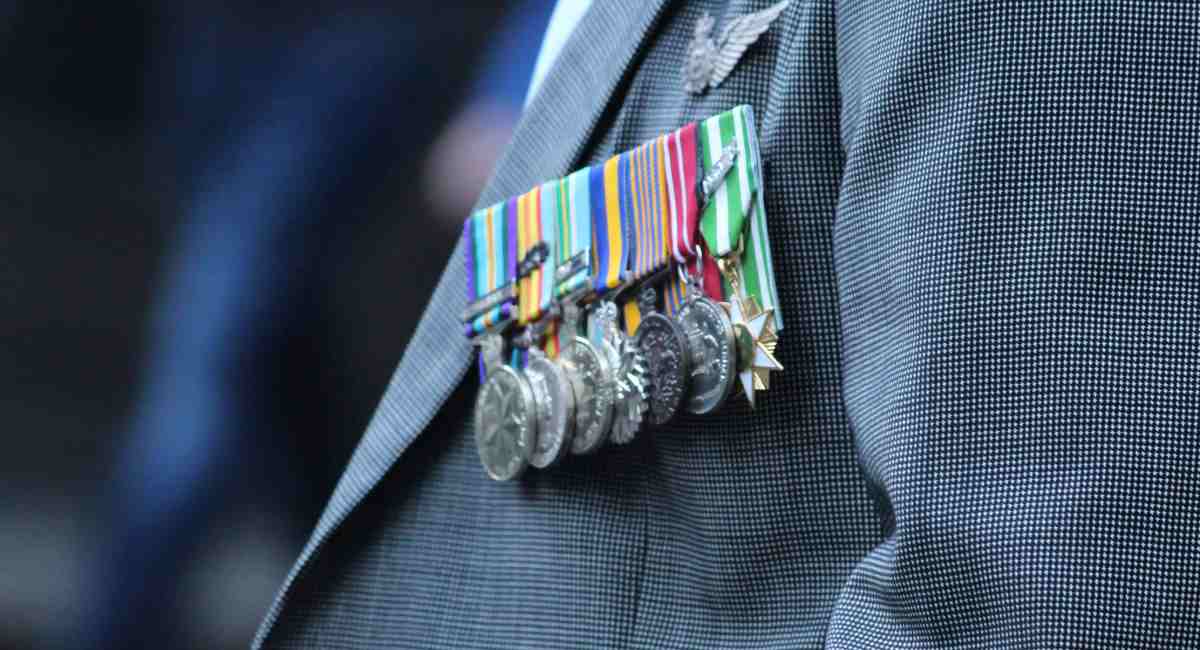
Now is the time
While the memorial has an extensive World War II collection, Emma admits that the opportunity to capture those tales dwindles with each passing year—the Department of Veterans Affairs estimates that just 1,500 to 2,500 World War II veterans remain alive today. Right now, she says, the focus is on preserving the stories of our Vietnam veterans.
“We’re playing a long game, always thinking ahead,” says Emma. Although the memorial still jumps on any opportunity to talk to people who experienced World War II, the reality is that “ship has kind of sailed”.
“What we’re really focused on now is making sure people talk to their Vietnam veteran family members and get their stories.”
Whether it’s recording a parent’s or grandparent’s experiences during World War II or the Vietnam War, capturing a migration story, or simply documenting family traditions, the time to do that is now. “People always want to get stories out of their family members, but they tend to wait too long. They wait until someone is elderly or frail, but people get tired,” says Emma.
For Hannah, even residents who haven’t served carry important stories. “Many of our residents grew up during wartime and felt the experiences of rationing or community sacrifice, or they may have lost loved ones to conflict.”
During events like Remembrance Day, anniversaries or cultural celebrations, staff encourage residents to reminiscence as a form of connection. “We constantly seek storytelling opportunities throughout everything we do,” she says.
Tips for recording your loved one’s stories
The good news is that recording someone’s story has never been easier. But before you whip out your phone and hit record, take a look at the Australia War Memorial’s Guide to Recording Oral Histories for information on techniques.
Ready to go? Here are some tips to get you started:
- Test equipment beforehand to ensure a good quality recording. Think about sound and light—turn off the television or radio and make sure the space is adequately lit.
- Choose a quiet, comfortable space where the person feels relaxed.
- Identify everyone in the recording: who are they and why are you talking to them?
- Ask people to include specific details: dates, places and names, as well as sensory memories, such as what things looked, smelled or sounded like.
- Let the person speak freely without interrupting. Silence is okay; give them time to think and remember.
- Prepare open-ended questions that encourage storytelling rather than yes or no answers, and share these in advance so people can think about their responses.
- Start with some warm-up questions before broaching emotional or complex topics that had the biggest impact on their life. For example, ask them to talk about their background, and what led them to the experience.
- Focus on capturing personal stories and memories rather than just the facts—photographs, keepsakes and even music can spark memories.
“Take the time to actively listen,” adds Hannah. “If someone knows you haven’t got the time to listen to them, you won’t get the most in-depth answers.”
A final tip from Emma? “Share the resources within your family so it’s not just one family member who knows the story and then the rest of the family doesn’t get to hear it,” she says.
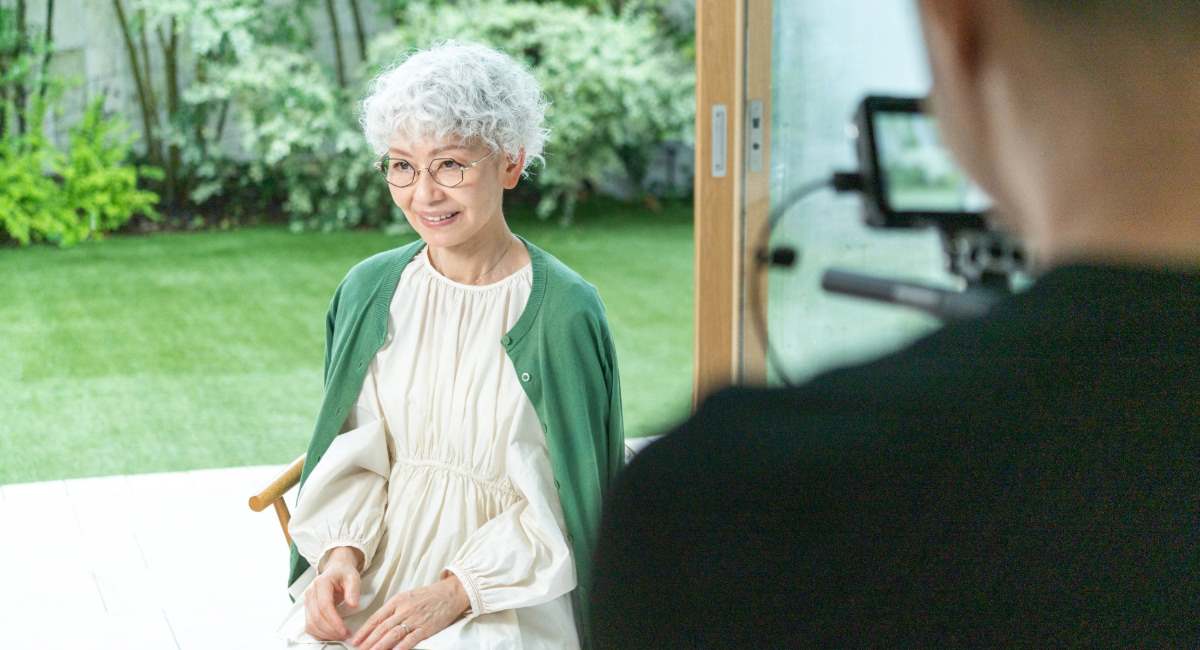
Building connections
For older Australians, including those living in retirement communities, sharing stories—whether through formal recordings, written memoirs, or family conversations—can be incredibly enriching for both the storyteller and listener.
“People living in Australia have all sorts of stories that you just don’t know. They’re walking around with all this amazing stuff that has gone on,” says Emma.
Telling these stories, she adds “is really important for the wellbeing of our society in general, and our ability to connect and reminisce with each other.”
